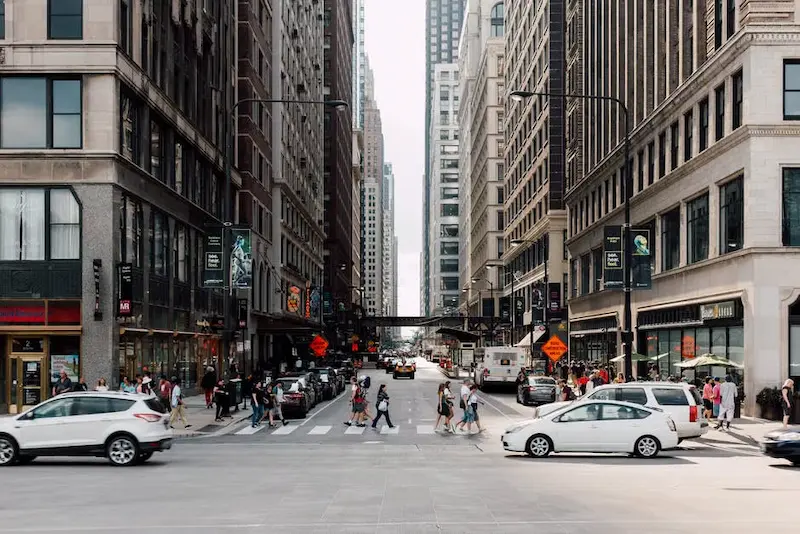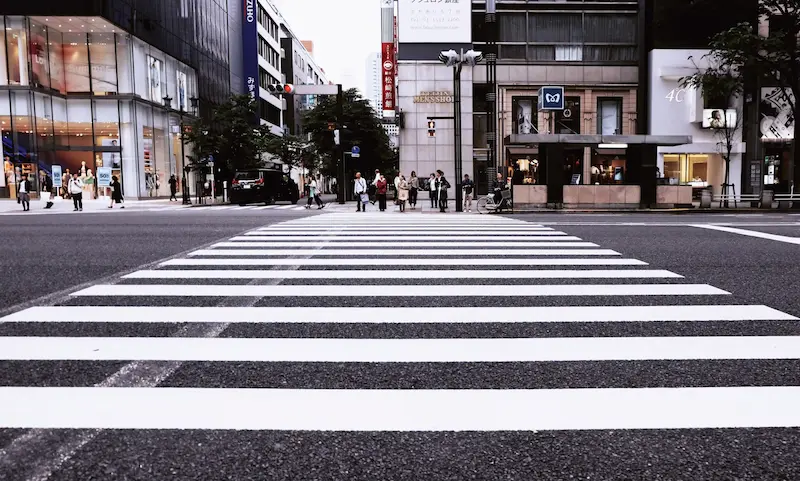Table of Contents
Creating safe, accessible, and durable pedestrian infrastructure is essential for cities and communities focused on enhancing walkability, safety, and sustainability. Well-designed pedestrian paths encourage healthier lifestyles, reduce traffic congestion, and contribute to a city’s overall appeal. This guide covers key steps and considerations to help you build a robust pedestrian infrastructure, from choosing materials to implementing designs that withstand wear and weather. Keep on reading to learn more!
Conduct a Needs Assessment
Before diving into design or materials, it’s essential to conduct a thorough needs assessment. This involves evaluating current pedestrian pathways, gathering feedback from residents, and analyzing pedestrian traffic flow to determine what improvements are most needed. Identifying specific needs helps planners prioritize projects, ensuring that infrastructure aligns with community demands, safety standards, and accessibility requirements.
A needs assessment often includes surveys, traffic studies, and accident reports to identify areas where pedestrian safety is compromised or accessibility is limited. Addressing these issues early on helps build a foundation for successful infrastructure that truly meets community needs.
Prioritize Safety and Accessibility
Safety and accessibility should be at the forefront of any pedestrian infrastructure project. Designing for accessibility means ensuring compliance with standards like the Americans with Disabilities Act (ADA) and providing features such as curb ramps, tactile paving, and safe crosswalks. To enhance safety, consider installing proper signage, pedestrian lights, and visibility features, particularly in high-traffic areas.
Accessible design also involves choosing materials that provide adequate traction and stability, reducing the risk of slips and falls. Integrating these elements into your planning can help you create an environment that promotes safe, inclusive travel for all pedestrians, including individuals with disabilities, older adults, and children.
Integrate Green and Sustainable Elements
Incorporating sustainable practices into pedestrian infrastructure can improve environmental impact and enhance the space’s aesthetic appeal. Consider using permeable materials for pathways, which allow rainwater to seep through, reducing runoff and minimizing strain on drainage systems. Green spaces, such as trees, planters, and gardens, not only beautify pedestrian areas but also provide shade, improve air quality, and promote biodiversity.
Another sustainable choice is the use of recycled materials or renewable resources. For instance, FRP decking is an eco-friendly choice because it can be manufactured with minimal environmental impact and does not require the deforestation associated with traditional wood decking. Designing with sustainability in mind creates a pedestrian space that’s both attractive and environmentally responsible.
Plan for Pedestrian Flow and Walkability
Designing for walkability means creating pathways that facilitate easy, intuitive movement for pedestrians. Consider the natural flow of foot traffic and design pathways wide enough to accommodate the expected number of pedestrians. Implement features such as direct routes, accessible crosswalks, and clear signage to make the pathways user-friendly and efficient.
In high-traffic areas or tourist destinations, it’s also beneficial to include dedicated spaces for rest, such as benches, shaded areas, and bike racks. These amenities not only improve comfort but also help manage pedestrian flow by encouraging people to pause rather than crowd narrow paths. A well-planned layout enhances the overall pedestrian experience and minimizes congestion.
Ensure Visibility and Lighting
Proper lighting and visibility are crucial for pedestrian safety, especially in areas with high nighttime foot traffic. Good lighting reduces the risk of accidents, enhances security, and makes pathways more inviting. Install well-spaced lighting along walkways, intersections, and staircases to illuminate paths and prevent dark spots. In busy areas, additional lighting can be placed around amenities such as benches, crosswalks, and bike racks.
Consider energy-efficient LED lighting or solar-powered options to reduce energy consumption while maintaining brightness. Enhanced visibility can also be achieved with reflective materials on pathway edges, guardrails, or signage. Ensuring that paths are well-lit and visible creates a safer and more comfortable environment for all users.
Incorporate Wayfinding and Signage
Wayfinding is an essential component of pedestrian infrastructure, particularly in urban areas, parks, and tourist sites. Signage should be clear, strategically placed, and informative, providing direction, safety information, and distances to popular destinations. Well-placed wayfinding signs reduce confusion, enhance accessibility, and create a more enjoyable experience for visitors unfamiliar with the area.
In addition to directional signage, consider installing informational boards or interactive maps in key areas to guide pedestrians and highlight nearby attractions. When designed with accessibility in mind, wayfinding signage accommodates people of all ages and abilities, making your pedestrian infrastructure more user-friendly and welcoming.
Include Aesthetic Features and Public Art
Adding aesthetic elements like landscaping, public art, or decorative paving can transform pedestrian infrastructure into an inviting and visually pleasing space. Murals, sculptures, or custom-designed benches enhance the environment and add character, fostering a sense of community and pride in public spaces.
Including such features also attracts more pedestrians, boosting foot traffic and contributing to local businesses. For infrastructure near historical or cultural sites, consider designs that reflect the area’s heritage, creating a sense of place that resonates with the community. Investing in aesthetics turns pathways into vibrant, engaging spaces that pedestrians will enjoy and appreciate.
Maintain and Monitor Regularly

Maintaining and monitoring pedestrian pathways is essential for long-term durability and safety. Regular maintenance, such as clearing debris, checking for cracks, and repairing damaged surfaces, prevents minor issues from becoming major safety hazards. Inspections can help identify areas requiring attention and ensure that infrastructure remains accessible, especially for people with disabilities or mobility challenges.
Monitoring also involves evaluating foot traffic and adjusting infrastructure as needed. If certain pathways are experiencing excessive wear, consider reinforcements or widening the path to handle increased usage. A proactive approach to maintenance preserves the quality and safety of pedestrian pathways for years to come.
To sum it up, building a solid pedestrian infrastructure requires careful planning, quality materials, and an emphasis on safety, accessibility, and sustainability. By following these steps, cities and communities can create pedestrian-friendly environments that encourage walking, improve safety, and promote community engagement. From choosing durable materials to integrating green spaces and public art, each element contributes to a robust, attractive, and enduring infrastructure. Thoughtful design and regular upkeep will ensure that these pathways serve the community for years, enhancing the overall quality of life and mobility for everyone. Thank you for reading!
Want to explore something different? Reasons to Visit Connecticut: From Historic Sites to Coastal Charm

